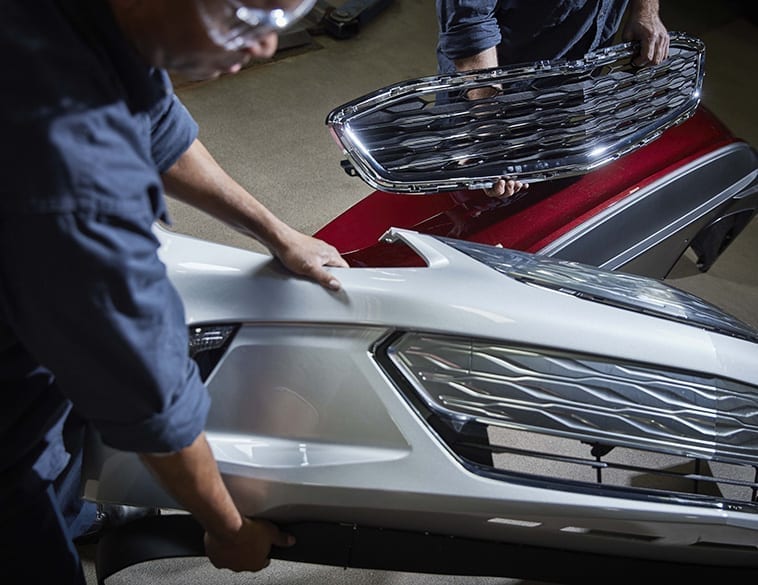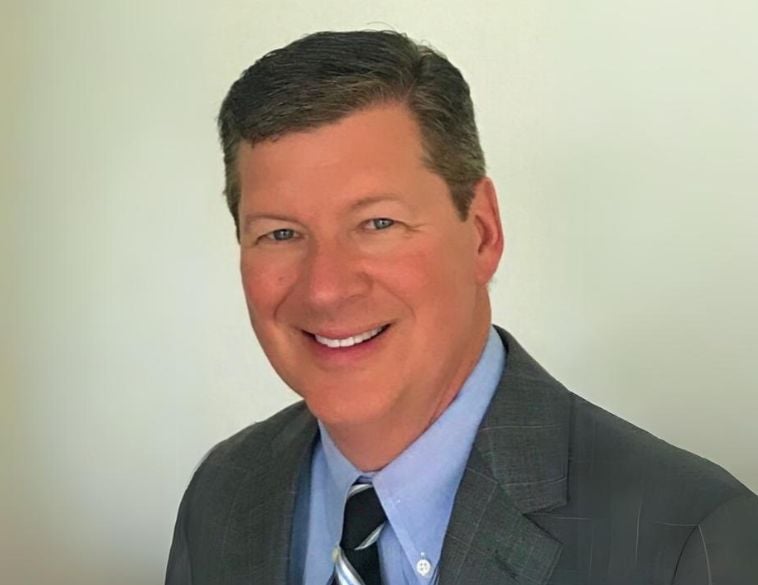In the first of a two-part series, Collision Management looks at how changes in OE Parts procurement are changing the repair process.
Although an OEM part has historically been more expensive than an aftermarket or recycled part, price matching software now allows OE parts to be part of a more competitive landscape.
“That can help shops be more confident in some pre-repair activity,” says Jeff Labanovich, General Manager, CARSTAR Canada. “Sometimes there is an opportunity to prepaint a part for a vehicle, especially if it’s a one or two-part repair, like a bumper cover replacement. Shops have more confidence in pre-painting an OEM bumper and having that customer possibly come in for a one-day repair. So, it’s helping with some efficiency.”
Insurance tool
Parts procurement is also an insurance carrier tool, where the insurer would prefer the most cost-effective part to go on the vehicle for repair. “You’re casting a wider net looking for parts,” explains Labanovich. “When a part is required and we run it through procurement software, it may reach into spaces that repairers might not typically look.
It might give a shop a broader vision of someone who’s out of town or out of the province, who may have the ability to effectively ship that part to the repairer, and maybe speed up the repair and maybe drop the price at the same time.”
This is something that’s creeping into insurance agreements. “An insurer will mandate that a shop use a procurement piece of software,” says Labanovich. “Running it through that software may give a number of different aftermarket companies and recyclers the opportunity to respond with their price. The shop has the opportunity to pick the part that best suits the repair.”
Labanovich says parts procurement software is here to stay in one form or another. “The evolution will come when all the pieces are pulled together—price matching, aftermarket, recycled and the distance the part has to travel can all show the impact on the overall length of the repair,” he says.
Room to grow
There’s still some space for that to grow, specifically, in the hard parts such as brake and suspension and mechanical parts that may fall outside of an OEM line, and more on a second line, such as an ACDelco part. “It’s not a genuine GM part but it’s by the same manufacturer, and it’s a slightly more affordable alternative while still being a high-quality part.”
The agenda, from Labanovich’s point of view, is determining the most effective part to put on a vehicle to do a safe, quality repair that aligns with what the OE is expecting, and that enables processing the vehicle as quickly as possible.
In part two, we’ll examine some other considerations for parts procurement software including turnaround time and overall repair efficiency as well as collaboration from different stakeholders involved.



